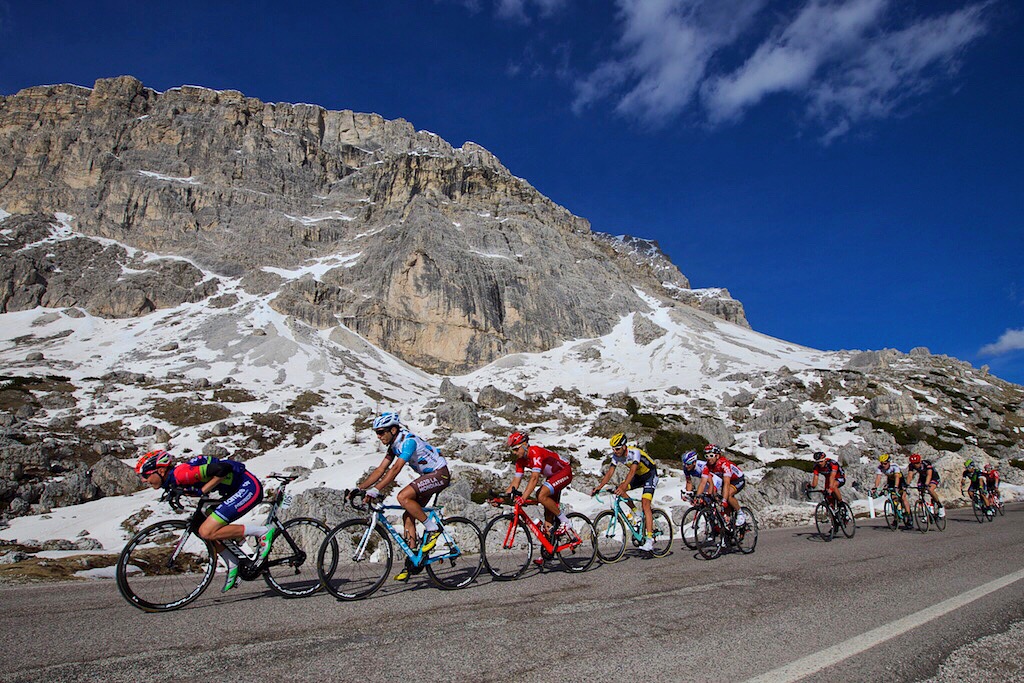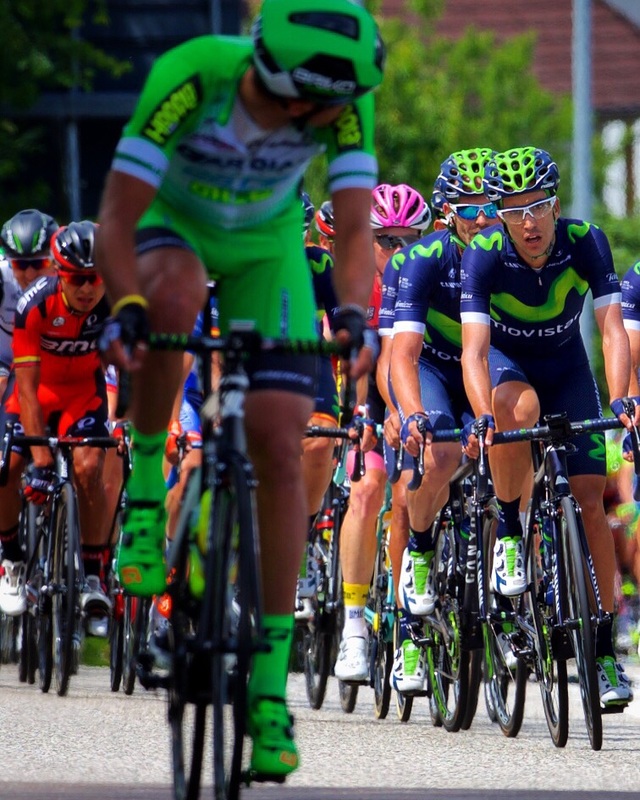|
I know my friend John McDermott is a great soccer photographer because I have seen his work for over 30 years.
I also know of his fondness for Italy because of his chats, in Italian, with some of the great names in Serie A. Recently John and Claudia moved from the western outpost of Italy -- North Beach, San Francisco, that is -- to the northeast corner of Italy where he can hear Italian and she can hear German spoken, sometimes at the same time. John did not need to go to the Giro d'Italia this month. It came to him. He found his spots here and there -- kind of like knowing where his pal Roberto Baggio liked to poach -- and he clicked away. This is just a sample. Other photos can be found on his sites: www.mcdfoto.com www.instagram.com/johnmcdermottphoto
Ed Martin
5/25/2016 04:30:07 pm
Thanks for sharing, John and GV. Marvelous.
John—I have admired and followed your photos since I was first introduced to you on George’s site.
George Vecsey
5/25/2016 04:43:23 pm
Ed, good to hear from you. Check out John's website. He had very varied career in California, but I knew him mostly from Olympics and soccer. He once got us into the famed Casa d'Italia, the restaurant the Italian Olympic Committee opens at every Olympics, in the mountains of Norway, watching Alberto Tomba rule the roost at night.
Brian Savin
5/25/2016 08:40:37 pm
These photos are extraordinary, even for our modern digital age. Any idea what equipment JM uses? (Not that it would matter if loaned to me for a month of Sundays.)
John McDermott
5/26/2016 03:25:46 am
Thank you Brian. I have been using Canon EOS cameras and Canon EF lenses since I switched from another brand in 1991 and they have never let me down.
Brian Savin
6/1/2016 08:03:23 pm
Thank you, John. Now, after an upcoming purchase, I will wonder what I do wrong for probably the rest of my life! Beautiful photographs. Thanks for allowing George to share. I appreciate your work.
George Vecsey
5/25/2016 10:38:59 pm
Brian, I do not know...I wonder if he spells it out on his web site. I know he has had commercial ties with major companies while working for various publications and agencies. Perhaps John will answer...I'm sending him the link in Italy.
Doug Mather
5/26/2016 10:42:47 am
John,
John McDermott
5/26/2016 11:18:55 am
Thank you Doug. Life is good here, but I certainly miss all of my SF friends. Your granddaughter is a precious jewel! 8/12/2016 03:18:30 pm
Whoah this weblog is magnificent i like reading your articles. Comments are closed.
|
Categories
All
|











